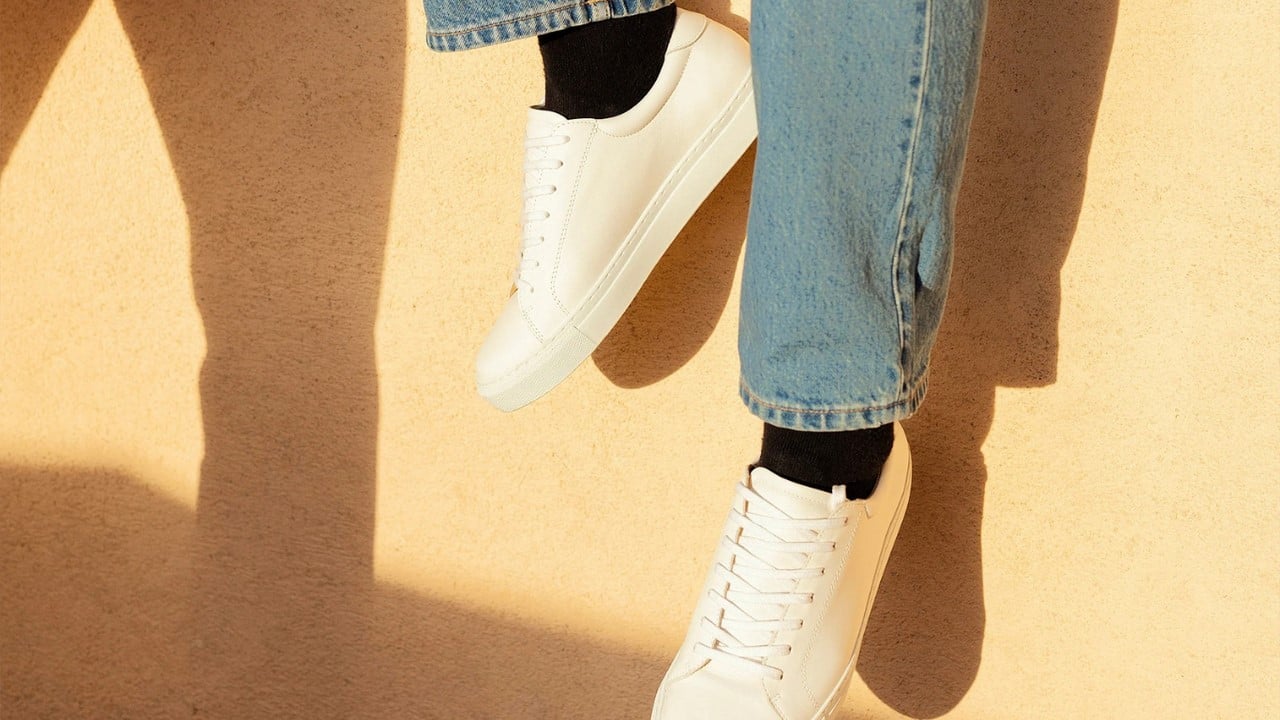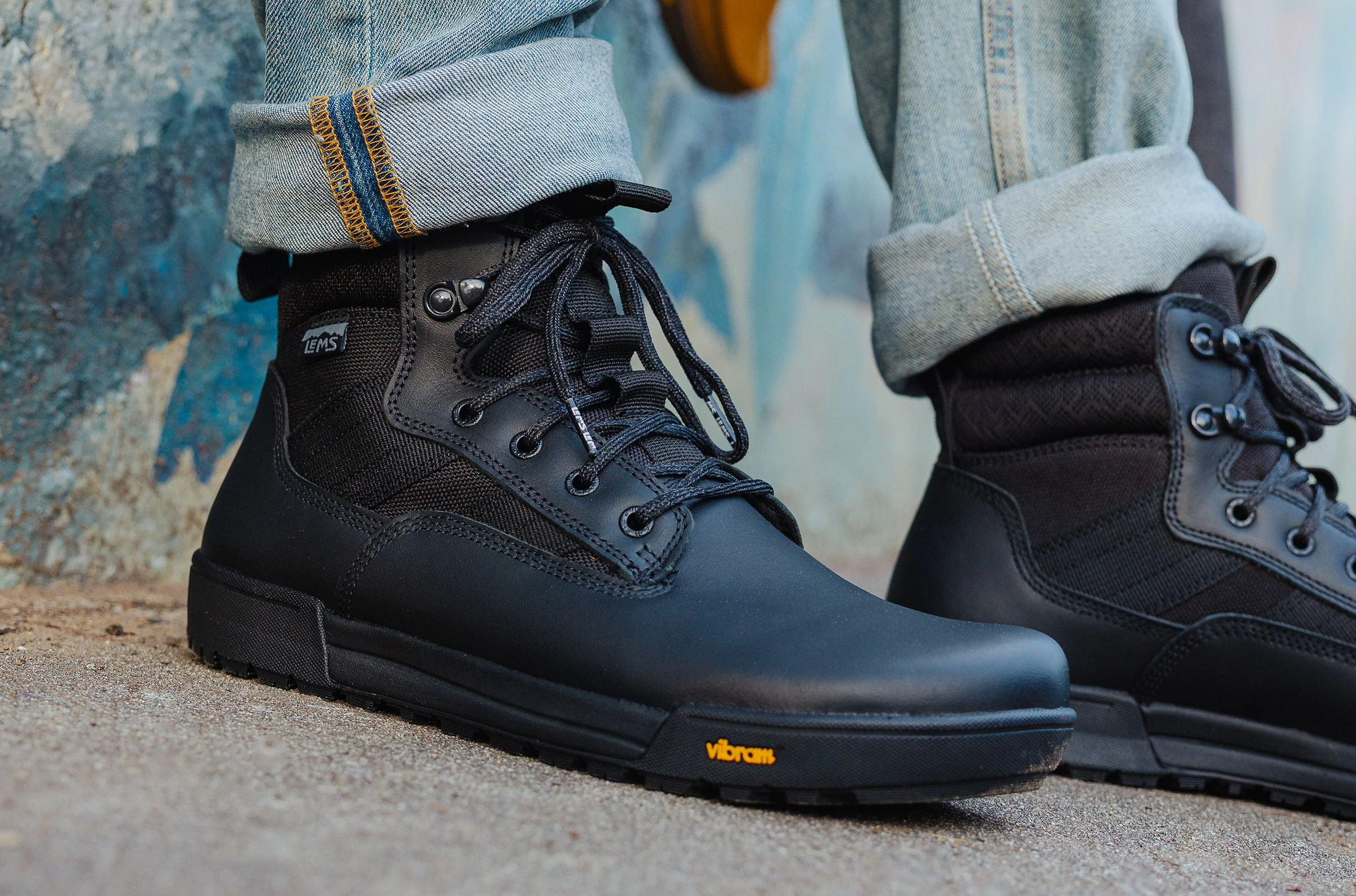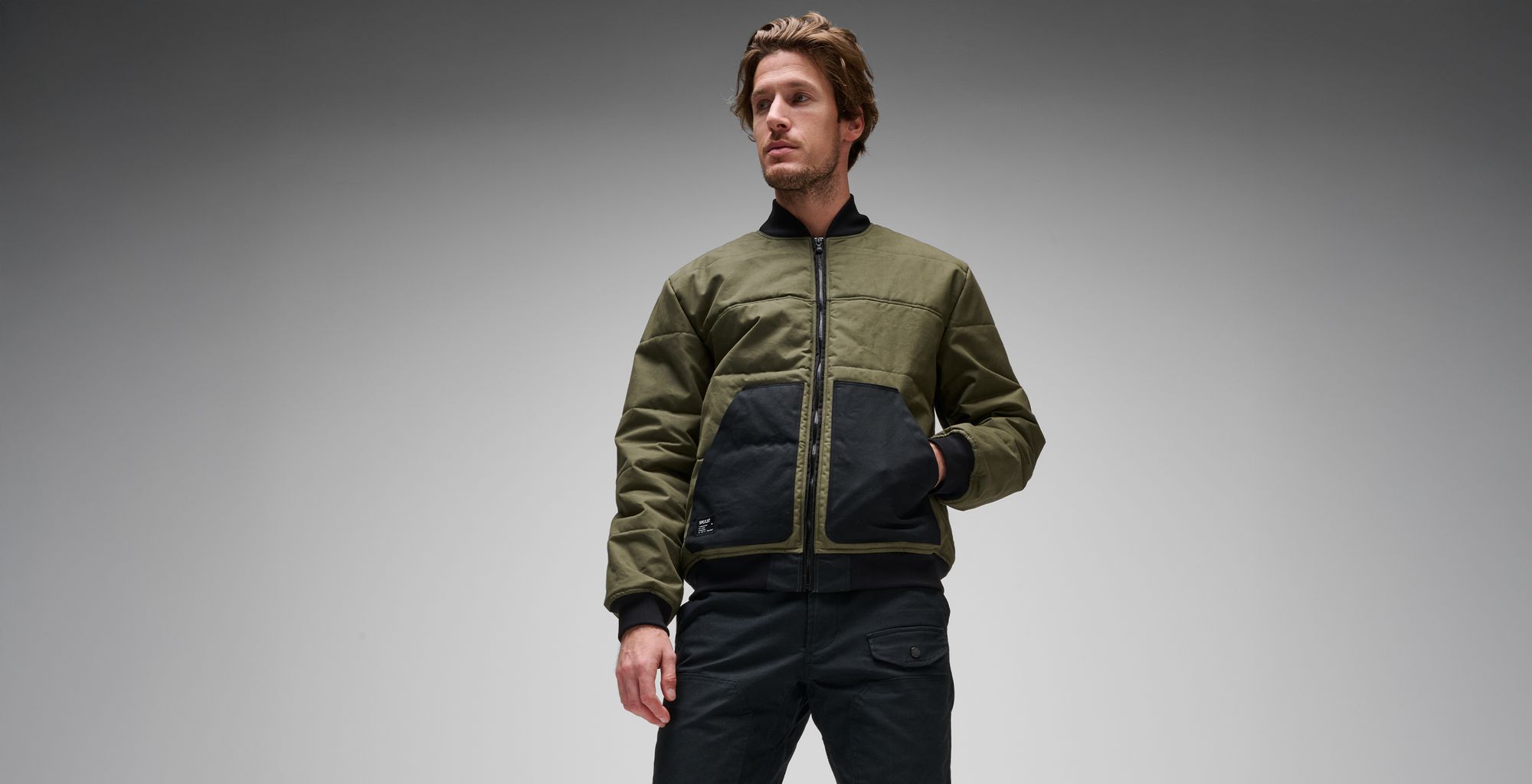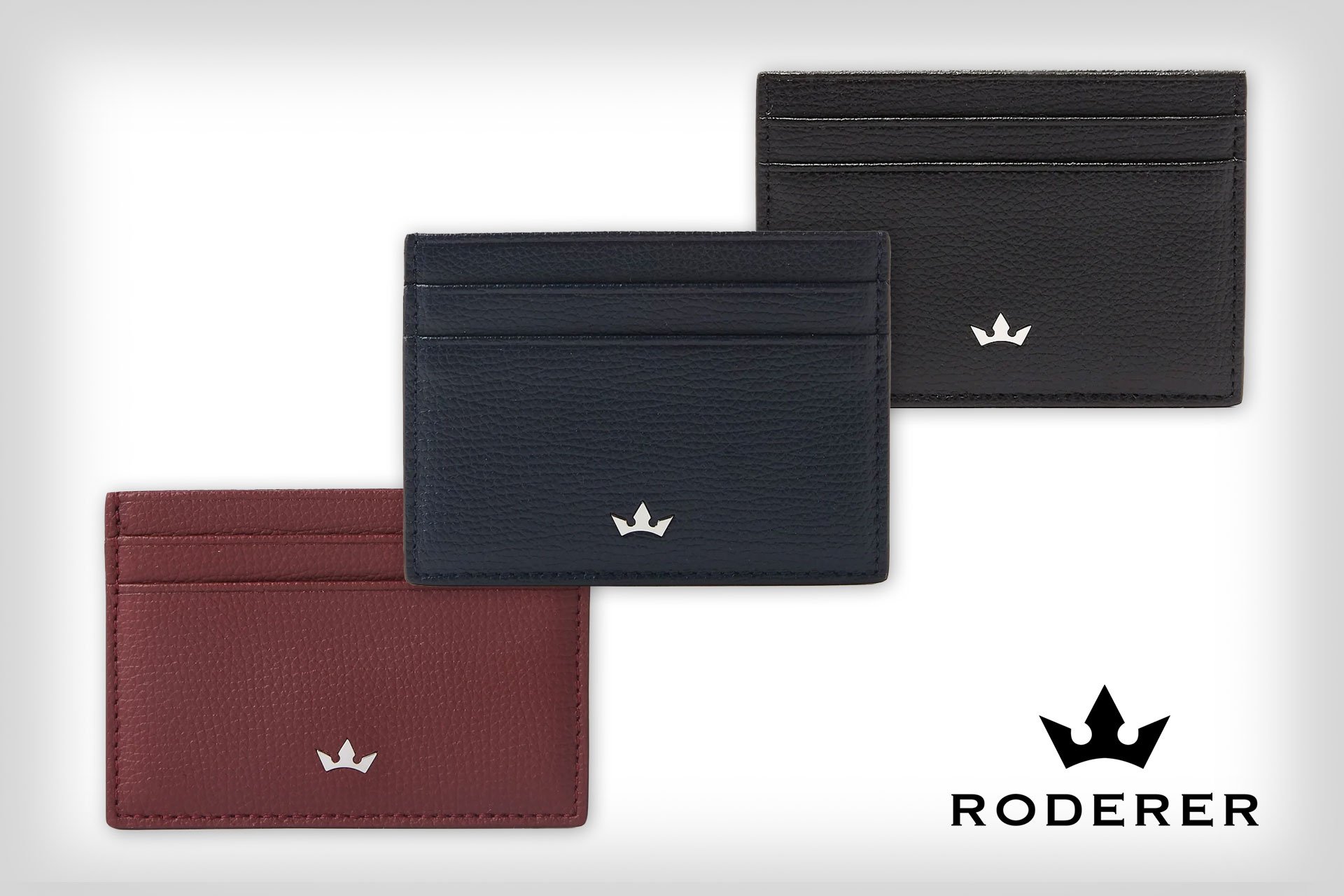The Evolution of Sex Part 2: The Biology of Maleness
Dec 12, 2025Gruesome Beach Discovery Confirms Australia As World’s Deadliest Place To Surf
- Jul 28, 2024
- 0 Comments
496
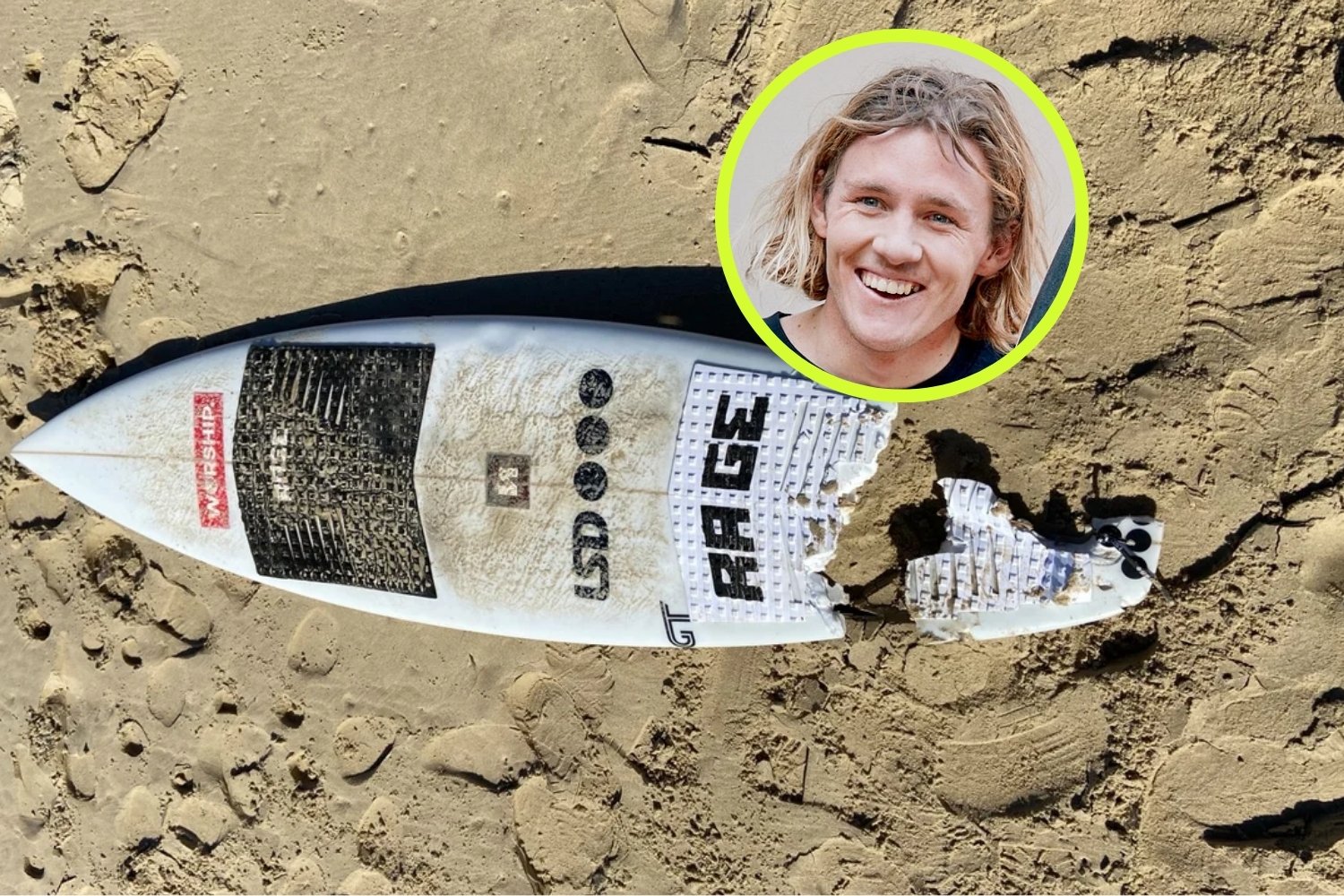
Surfer Kai McKenzie survived a terrifying attack in NSW, but one big question remains for him and his newly independent body parts.
From sneaky saltwater crocodiles to truly awful assassin spiders, Australia’s reputation already precedes it as a home for all of God’s good (and perhaps less good) creatures. This week, however, an unfortunate surfer saw this phenomenon reach ugly new heights…
Kai McKenzie, a keen surfer from Port Macquarie on Australia’s eastern coastline, received word that his leg, which was bitten clean off during a savage Great White shark attack, had been found washed up on the shore and was on its way to join him in hospital.
RELATED: Sydney Duo’s Terrifying Encounter With Great White Shark
The Brutal Shark Attack
On Tuesday morning, McKenzie was out enjoying the water when an apparently three-metre-long Great White sniffed him out and became aggressive. In a remarkable display of bravery, McKenzie managed to fight off the shark and ride a wave back to shore. Once there, beachgoers and an off-duty police officer were able to intervene, crafting makeshift tourniquets that stemmed the bleeding off a heavily bleeding severed leg.
The limb later washed up on shore and the unfortunate souls that came across it quickly put it on ice in the hope that this might increase the chance of reattachment down the line. McKenzie himself was airlifted to Port Macquarie base Hositpial and later John Hunter Hospital in nearby Newcastle. According to rescuers on the scene, McKenzie was remarkably composed throughout the ordeal, and after emergency treatment, he emerged in a stable but serious condition.
Australia’s Deadly History
Unfortunately, this is far from the first and almost certainly not the last in Australia’s long history of ugly run-ins with aggressive wildlife. In 2023 alone the number of deadly shark attacks around the world doubled and almost 40% of this newly surging number occurred in Australia, sparking renewed investigations into what makes Australia’s marine landscapes so dangerous.
Local marine biologists were able to use the image of McKenzie’s ruined surfboard to confirm that the beast responsible must be at least 3 metres long, which matches the profile of a tagged shark that was detected at multiple locations off the shore of nearby Coffs Harbour in the days prior to McKenzie’s attack. While many in that area were advised to evacuate the beaches as a precaution, it seems that the message didn’t make its way to McKenzie.
Unsurprisingly, these surging numbers of attacks have caused concern among residents, travellers, and beach-lovers alike. Just last year, 44-year-old surfer Toby Begg endured a similar experience in the same part of Australia — this time at Lighthouse Beach, just south of Port Mcquaire — and was thankfully saved by quick-thinking passers-by… but not everyone gets so lucky.
Shark Safety & Prevention
Many are waging war on the increasing number of shark attacks. Not by going after the sharks themselves, of course, but instead by providing data. Sites like BiteMetrix provide beachgoers with the data they need to make an informed decision about whether a given area of water is safe, while scientists across the country and indeed around the world are working to tag more sharks, both for the safety and conservation of the animals as well as their human counterparts.
While we’ve got nothing but high praise for McKenzie’s bravery (and allegedly ripping surf skills), you won’t be seeing any of us in the water this weekend…
Kai McKensie Update
We’re happy to say Kai is making a recovery in hospital and has just released a statement about his attacker— with the typical Aussie surfer sense of humour.
Publisher: Source link



